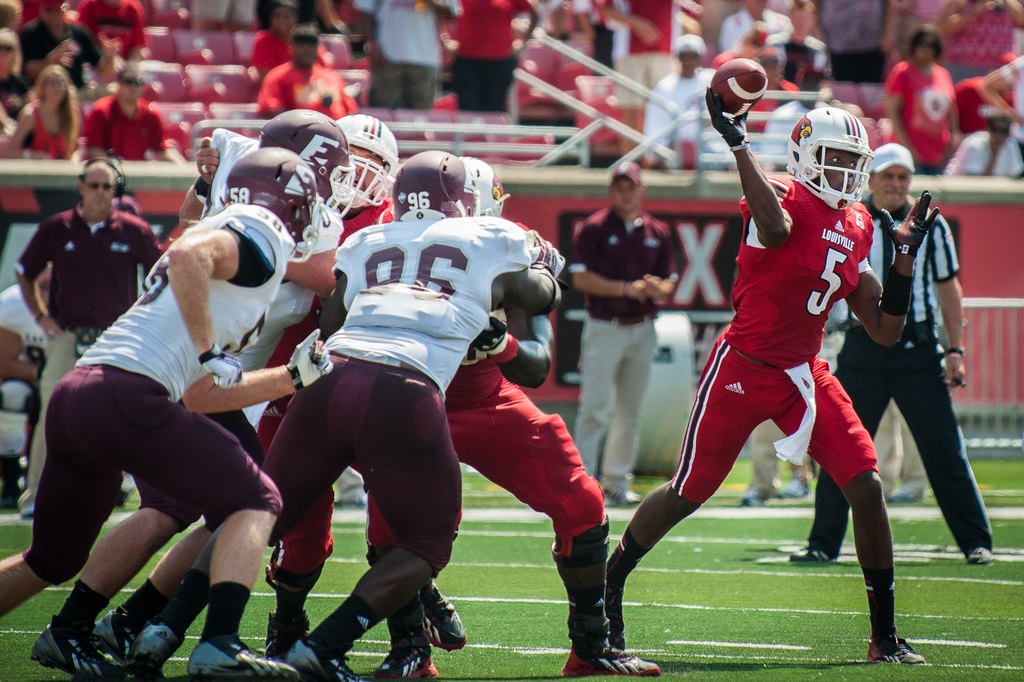 The Wonderlic is great for testing future loan officers, but Matt Waldman would rather have Wonderlic failures like Jim Kelly or Ray Lewis as his on-field CEOs.
The Wonderlic is great for testing future loan officers, but Matt Waldman would rather have Wonderlic failures like Jim Kelly or Ray Lewis as his on-field CEOs.
Futures: I Am Smarter Than “Phillip” Rivers
by Matt Waldman
“You scored a 32 –- that’s better than Phillip Rivers. He scored a 30. Rivers’ career quarterback rating –- at 95.8 -– ranks second-best all time, one point behind Steve Young (96.8) among NFL quarterbacks with at least 1500 pass attempts. He has a career total of eleven 4th quarter comebacks.”
Hey Nicholas Creative Media, LLC, Rivers spells his first name with one L. Does that make me smarter than you guys, or just more experienced with writing his name?
Considering that I can’t go a day without calling Derek Carr ‘David’ and I still refer to former Lions running back Jahvid Best as ‘Travis’ -– the former Indiana Pacer -– I’ll opt for the latter choice.
Nicholas Creative Media does do a good enough job describing the basic purpose of the Wonderlic Personnel Test:
“The test is a sort of IQ test to measure players’ aptitude for learning and problem solving. The possible score range is 1 to 50. The average football player scores around 20 points and scoring at least 10 points suggests a person is literate.”
But let’s dig a little deeper. Read the rest at Football Outsiders


















